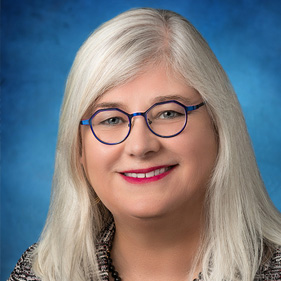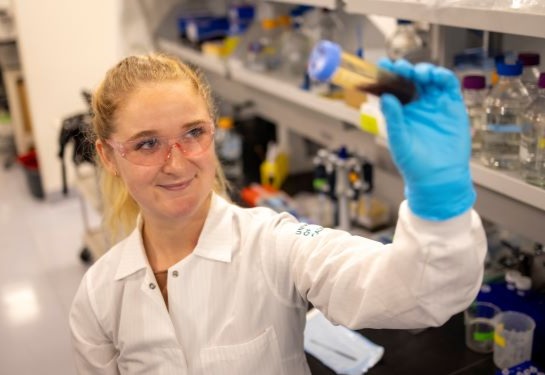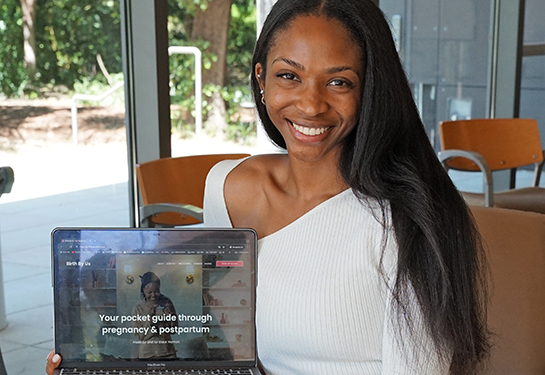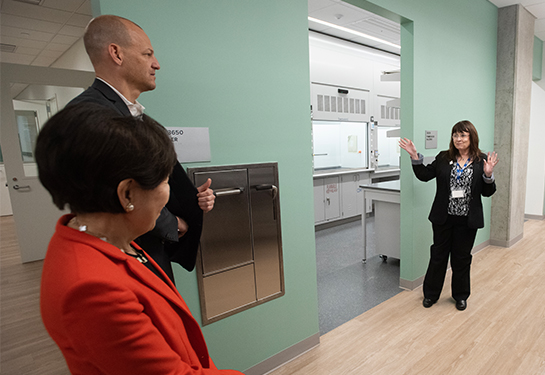Family caregivers share common job but diverse experiences
New study shows there is no one-size-fits-all strategy to support the 53 million people who fill valuable role
November is National Family Caregivers Month, a time to show support, honor and acknowledge individuals and families who are often caregiving 'around the clock.'
It’s National Family Caregiver Month and more than 6 million caregivers in California know the challenges that come with caring for a family member or friend over the age of 18.
Research from the Family Caregiving Institute at the Betty Irene Moore School of Nursing at UC Davis sheds new light on those providing care and how intense and diverse that care can be.
In the fourth year of the “Picking Up the Pace of Change: Scaling Services for a Changing Caregiver Profile” project, program evaluators examined data for more than 5,000 clients of the California Caregiver Resource Centers (CCRCs). Eleven community-based nonprofit agencies make up the statewide CCRC network, the first such network in the nation. People living in the Sacramento region turn to the Del Oro Caregiver Resource Center.
“We explored beyond the typical sociodemographic factors such as age, gender, sexual orientation and financial resources. When examining a caregiver’s cultural background, race, ethnicity, religious affiliation and rurality, we discovered they carry different expectations for caregiving in the family and how they work with each other,” said Heather M. Young, co-principal investigator on the study. “All of these aspects of diversity really mean that there's no one-size-fits-all strategy to support caregivers.”
Researchers discovered that compared to caregivers in other surveys — such as the California Health Interview Survey and the Caregiving in the United States survey —the CRCC caregivers tended to be older (about 40% were over 65) and more diverse. Slightly fewer than half reported their race and ethnicity as other than white and non-Hispanic.
Among the more than 5,000 clients surveyed this past year, most:
- Are females between 45 and 84 years old with partners
- Provide care for someone with Alzheimer’s disease or dementia
- Spend more than 40 hours per week providing care
- Receive no paid help
“We determined that as caregivers get older, the intensity of the care they provide increases. Furthermore, the highest intensity of care was among those who identified in racial and ethnic groups other than white and non-Hispanic and those with income below the federal poverty level,” co-principal investigator Janice F. Bell explained. “Surveys with random samples do not fully capture the experiences of caregivers like those served by the CCRCs who are engaged in intense and complex care.”
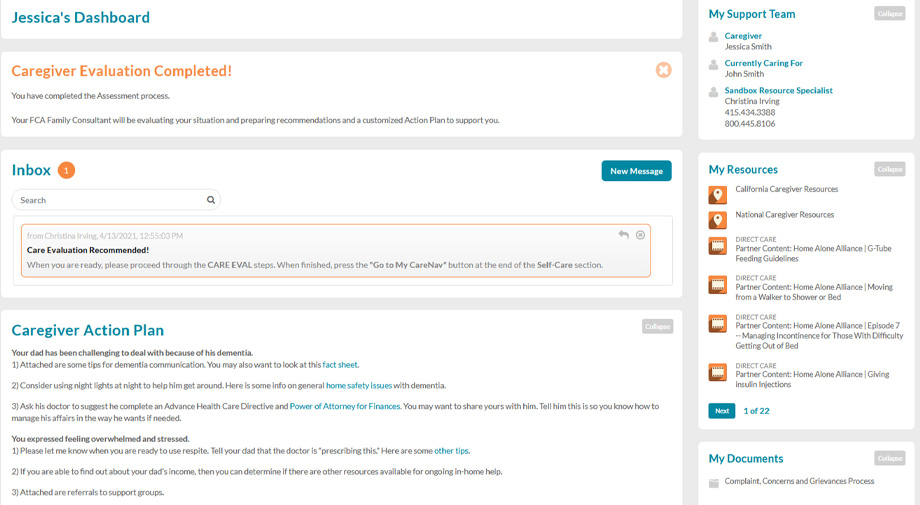
Expanding services, improving outcomes
In 2019, the California Department of Health Care Services awarded the CCRCs $30 million for the project. Two years later, ongoing annual funding was established at $15 million and is administered by the California Department of Aging.
To expand and improve family caregiver services and enhance CCRC information technology services by 2022, CareNav™ was fully deployed. The online system collects data on individuals using CCRC services. This includes a uniform caregiver assessment, a record of services provided, consumer information, care plans, forms and secure communications.
In the past year, the CCRCs:
- Served more than 900,000 caregivers (of which more than 5,000 were surveyed) and engaged 28,000 participants in educational offerings, including state-wide offerings in multiple languages
- Enhanced outreach to diverse communities
“Care consultants at the CCRCs do an initial assessment with a client then set them up with access to the CareNav portal. Through the portal, clients can securely share messages with their care consultant who provides tailored education, support and resources to meet the client’s specific needs,” Bell said.
Since the project began four years ago, more than 19,000 clients have participated in the surveys and while their caregiving burden is immense, there are bright spots. When caregivers use CCRC services, their strain, loneliness and symptoms of depression improve. The evaluation team also concluded that public outreach increased, and educational programs offered by CRC nearly doubled.
Health equity is a public health safety issue to the extent to which there are disparities in health and health care.—Heather M. Young, CRCC study co-principal investigator
Next steps
California is one of the nation’s most diverse states with more than 1,200 different ethnic groups represented in the state. Beyond the diversity in people, there are disparities across counties in assets and available resources.
Based on the data gleaned from this report, the California Department of Aging has asked the UC Davis team to develop a statewide equity plan for caregivers. They want to identify gaps in services and supports for caregivers along several dimensions of diversity, including race, ethnicity, rurality, veteran status and sexual orientation. The work supports the fourth goal of the state’s Master Plan for Aging.
“Health equity is a public health safety issue to the extent to which there are disparities in health and health care. We are excited to be working with the state on developing an equity plan for caregivers and in the course of that work what we're going to be doing is using our data that we have from that,” Young said.
Young and Bell continue to collaborate with the CRCs as well as other advisers, experts, caregivers and care recipients themselves. The goal is to develop the plan and share the findings, including opportunities for improvement. California leads in health equity and support for caregivers so the results may be useful to other states.
“We have a tremendous opportunity in California right now with projects and specific investments that are going to advance this agenda,” Young said.



